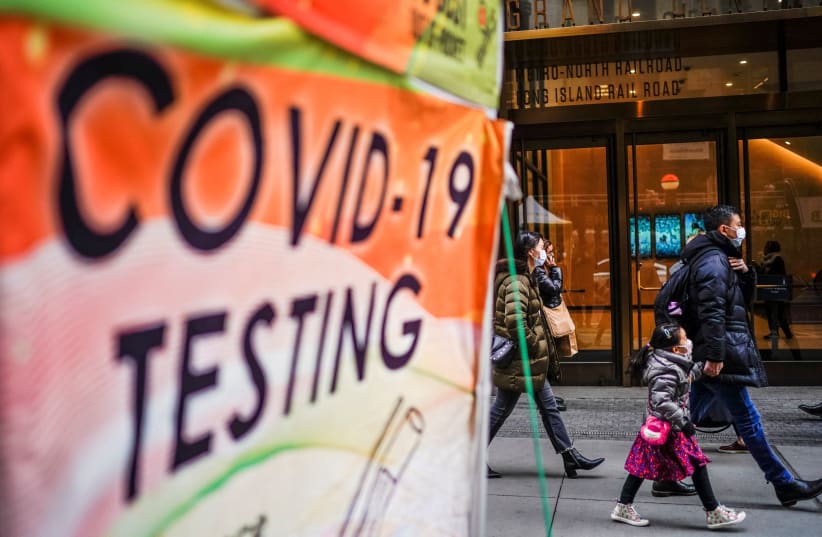COVID-19 caused chaos in almost every aspect of daily life, including consumer and retailer behavior. In Israel, people rushed from store to store to find alcohol gel, masks, and saliva tests. When the pandemic slowed, lots of face masks and alcohol gel containers were left on the shelf.
That wasn’t the first pandemic that changed how we shop. In 2009-10, populations across the globe were rocked by the H1N1 swine-flu outbreak. Mass panic-buying of personal hygiene products like hand sanitizer was common. Just as with the early days of COVID-19, stores quickly sold out of suddenly in-demand items, with supply chains struggling to meet surging demand.
The swine flu pandemic claimed the lives of up to 300,000 people worldwide. Its two waves each lasted around 16 weeks, providing researchers with an ideal experiment to compare consumer behavior and retailer responses to those from the outbreak of COVID-19.
Prof. Xiaodan Pan, of the supply chain and business technology department at Canada’s Concordia University has published a new paper on the topic in the Journal of Retailing and Consumer Services under the title “Stocking up on hand sanitizer: Pandemic lessons for retailers and consumers.”
What did the study find?
In her study, Pan studied the hand-sanitizer market to see what was learned from the 2009-10 swine flu event and to develop lessons for consumers and retailers today. They looked at sales of the alcohol gels in the US over a period of a decade from 2008 to 2017. Weekly statistics were gathered from a database that tracks product prices and sales volumes as well as store characteristics from more than 38,000 stores across more than 90 participating retail chains. The researchers also collected data from the US Centers for Disease Control and Prevention to track seasonal flu epidemics and the swine flu pandemic across the country.
She found that there was a surge in demand for hand sanitizer as the swine flu pandemic was declared – initially causing shortages in alcohol gel, but the industry strategically adapted to the stockpiling behavior, increasing the supply of large pack-size sanitizer products that were in greatest demand.
By the second wave of the swine flu pandemic, large pack-size hand sanitizer sales exceeded small pack-size sales, marking a shift in consumer behavior and retailer product availability. The researchers found no evidence of price gouging by the major retailers and noted that there were clear winners among retailer types, with warehouse clubs that specialized in large pack-size products and drug stores that provided a great variety of products leading hand sanitizer sales.
In framing her study, Pan gathered a decade’s worth of weekly sanitizer sales data. “We didn’t look only at the swine flu pandemic,” Pan insisted. “We needed a natural experiment, so we used the 2008–09 seasonal flu epidemic as the base case, and then we examined sanitizer sales during the 2009-10 swine flu pandemic as well as sales through seven subsequent seasonal flu epidemics.”
Consumers and retailers learn from their experience. Comparing data from the two waves of the swine flu pandemic, the researchers found that retailers were better prepared during the second one, with a larger assortment of sanitizer products. While sales declined during subsequent seasonal flu epidemics, it took four seasons for sales to return to pre-pandemic levels indicating that both consumers and retailers held onto their pandemic behaviors after the pandemic concluded.
Despite increased demand, prices in the US did not soar. Significant price increases were not recorded across the alcohol-gel category. Changing buying patterns that favored large pack-size purchases actually led to lower per-unit prices for consumers during the pandemic.
“I think the biggest lesson here is that there is no need for panic-buying. The evidence shows that supply and demand will balance out quickly without price gouging,” she says.

